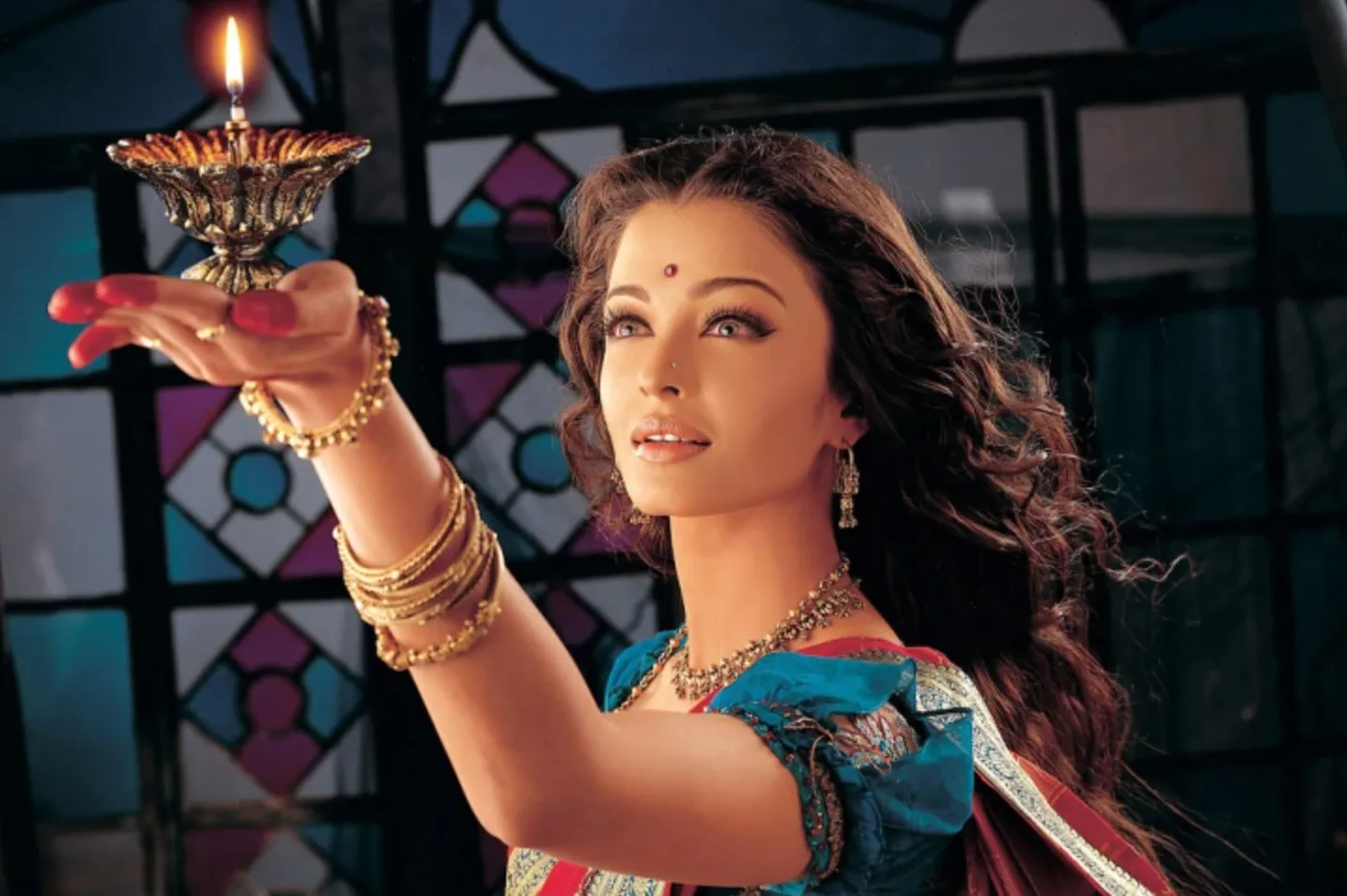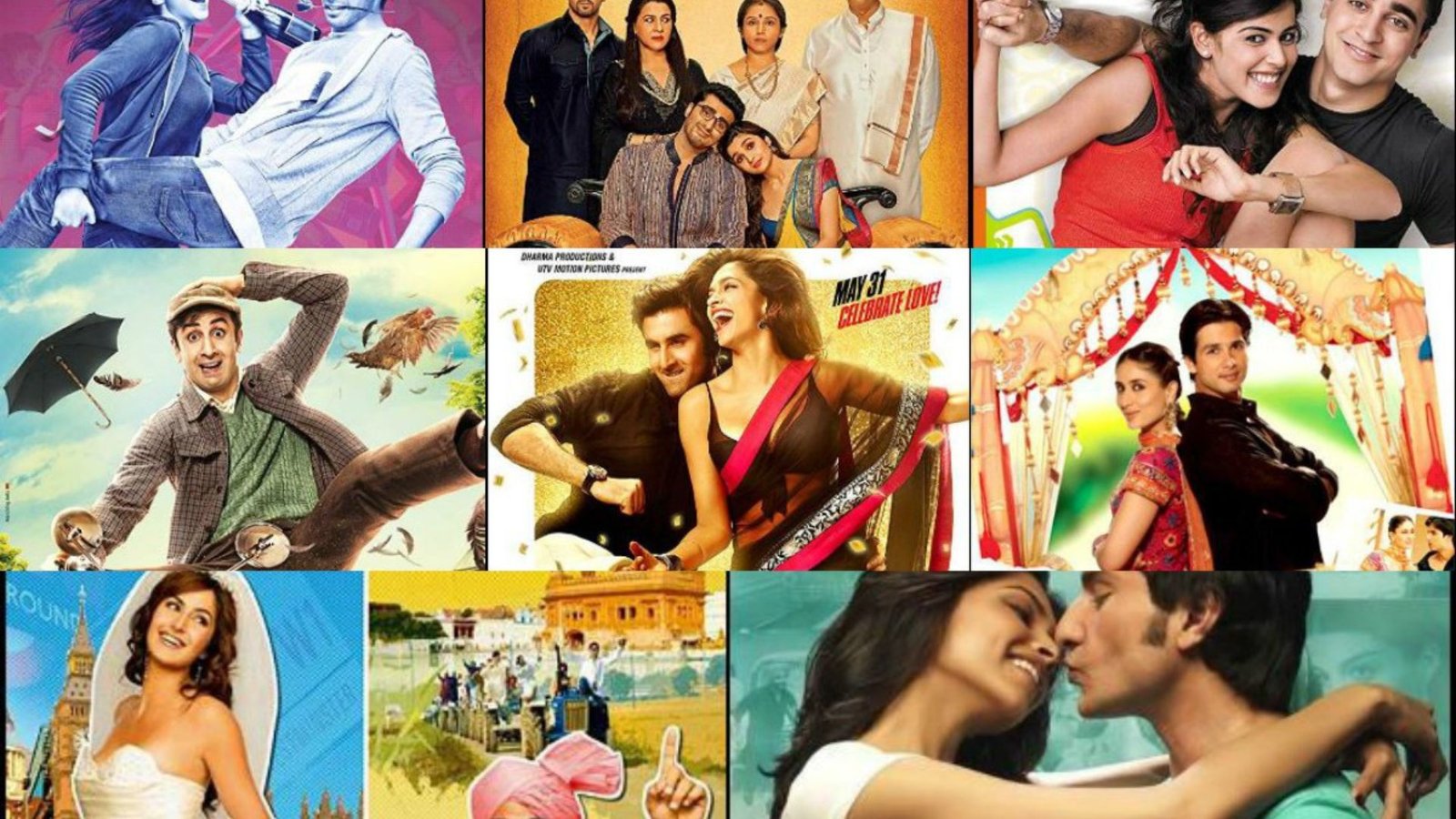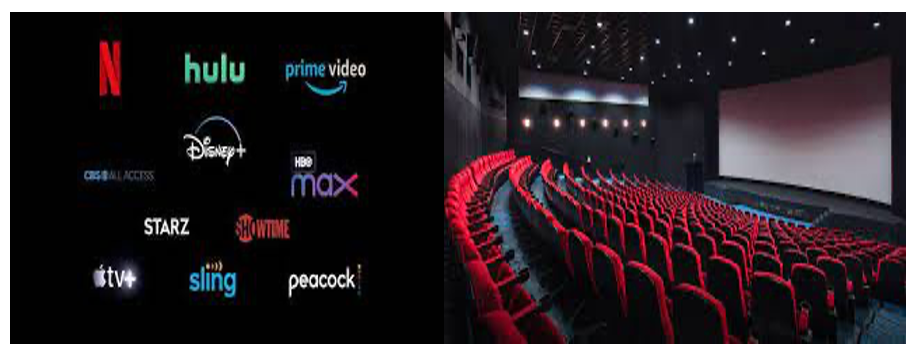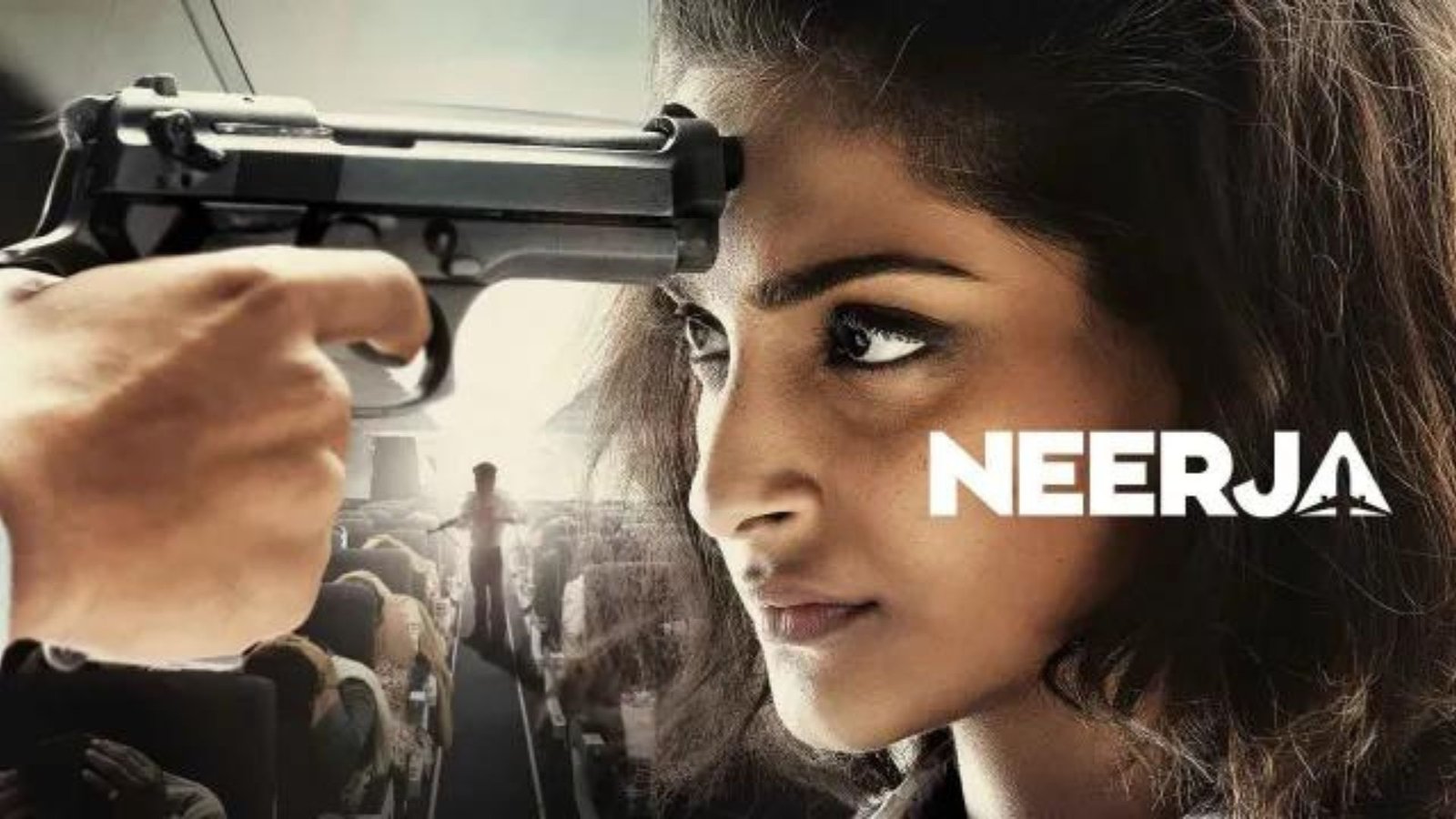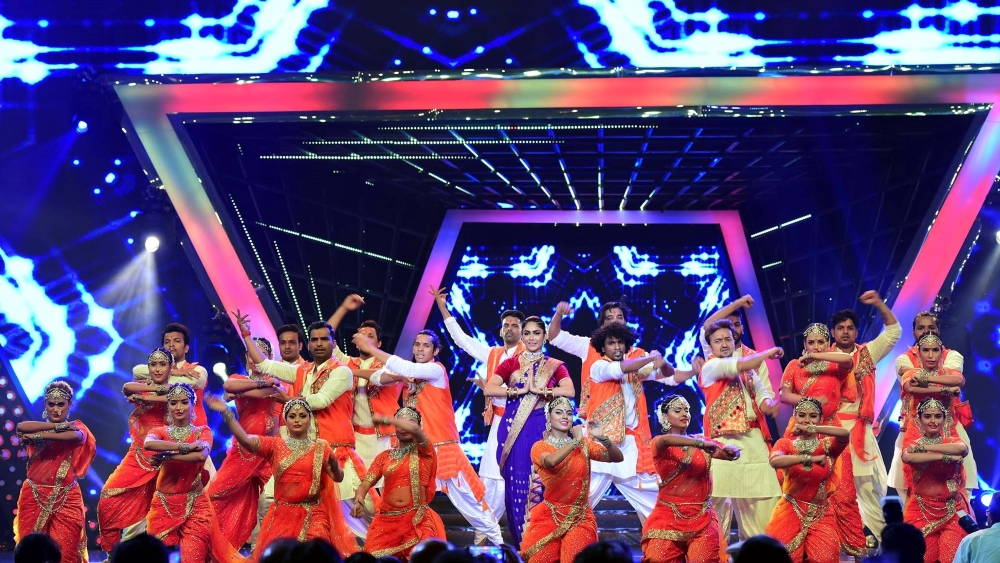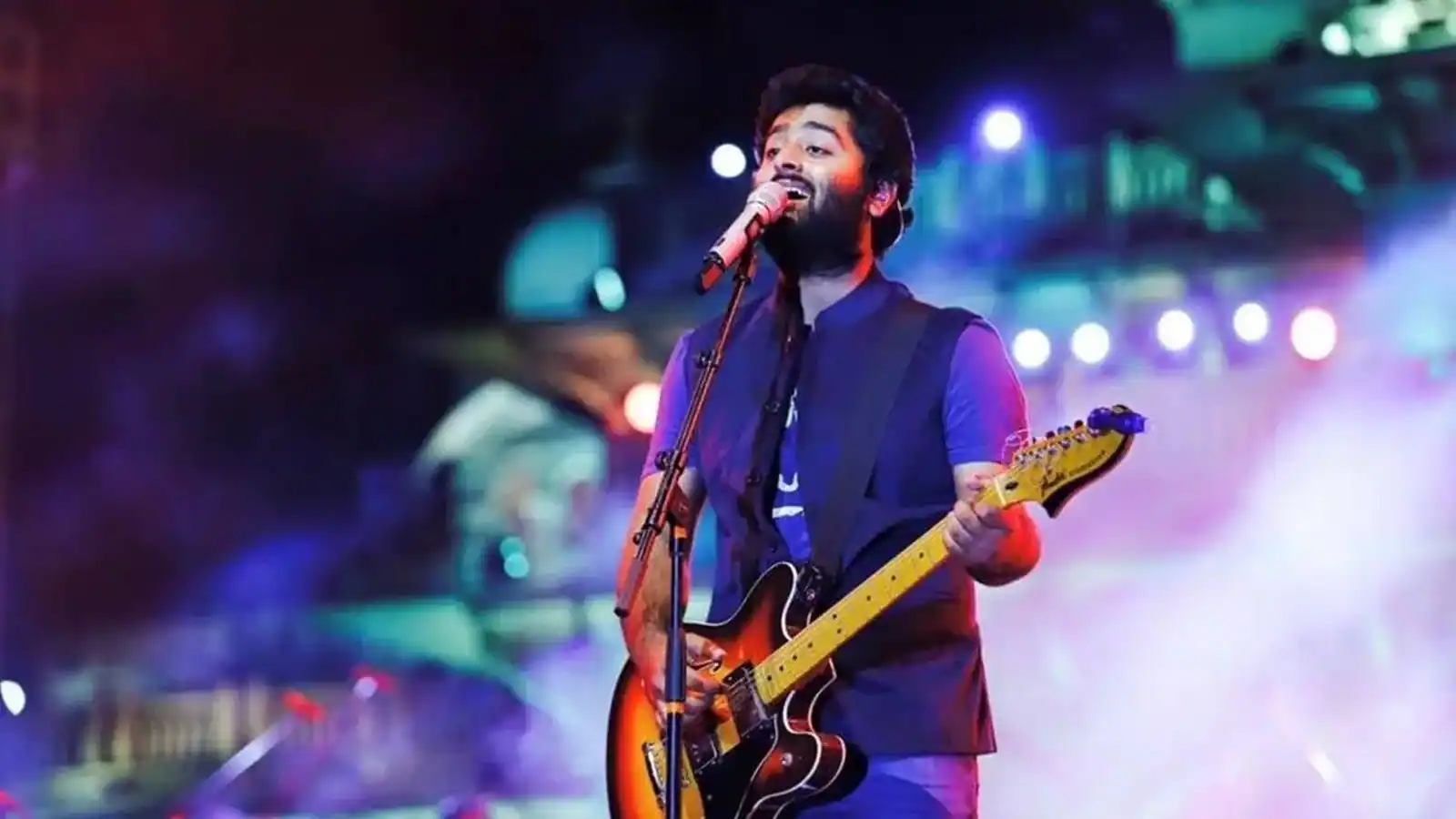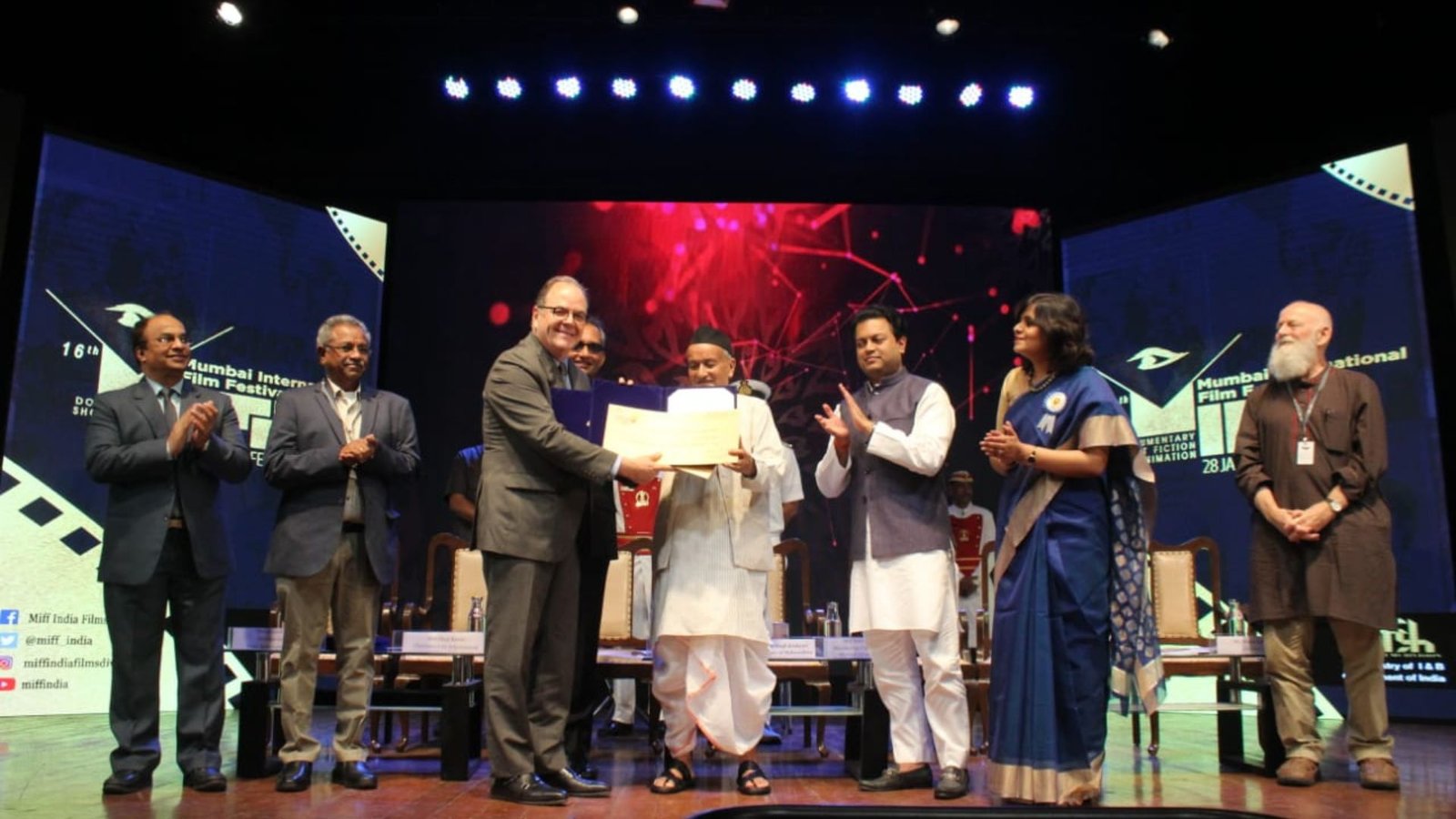The Depiction of Indian Culture and Traditions in Cinema
Indian cinema has long been a vibrant canvas for showcasing the country’s rich cultural heritage and diverse traditions. From Bollywood to regional films, the portrayal of Indian customs, festivals, social norms, and familial values has been central to storytelling, offering audiences a glimpse into the multifaceted aspects of Indian life. This article delves into how … Read more

